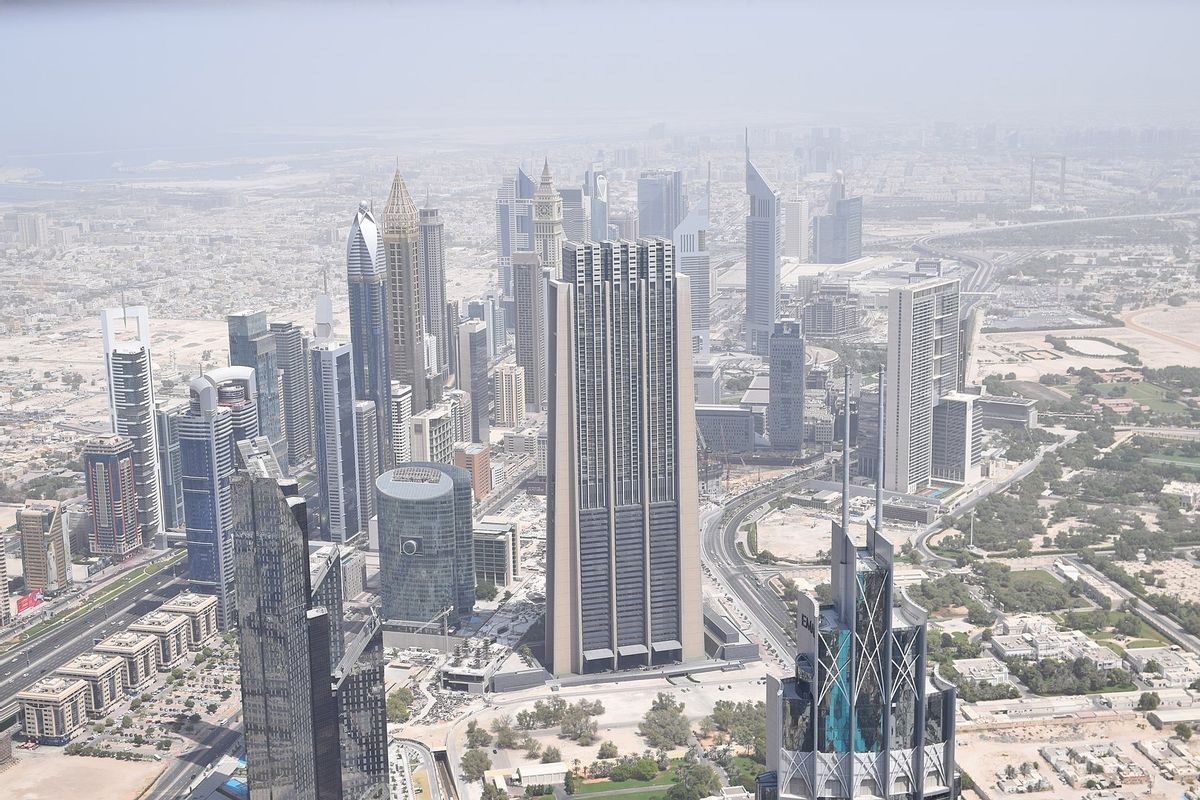If you've got money to make it rain, then you might as well start trying. Dubai, a city in the United Arab Emirates (UAE), has been doing just that, using a range of technologies including drones.
In the summer of 2021, scientists used drone technology around Dubai that zapped clouds with electricity, causing them to clump together and create larger raindrops from precipitation that then fell to the ground. In mid-July, the country’s meteorological agency released a video of cars driving through a downpour, which they said was the result of their testing drones to increase rainfall.
This is part of ongoing efforts in the Gulf state to battle rising temperatures and dwindling water supplies. The desert nation gets about 4 inches of rainfall a year on average. World Bank data predicts that the region will see higher and higher temperatures and more unpredictable rainfall.
The UAE has been using cloud seeding technology for a while, and claims to be one of the first countries in the Arabian Gulf to do so. Cloud seeding is a weather modification technique that improves a cloud’s ability to produce rain or snow by artificially adding condensation nuclei to the atmosphere, like silver iodide. The UAE used aircraft to drop chemicals into clouds that according to their estimates had boosted rainfall by 30 percent.
In 2017, the government announced $15 million funding for nine different rain-enhancement projects. Among these is the drones project run by a team of researchers at the University of Reading.
Instagram posts from the UAE’s National Center of Meteorology show cloud formation over the area and the rainfall from mid-July.
The government attributed the latest downpour to drone technology. Indeed, the monsoon-like downpour from July was an unusual sight in the extremely hot region.
Keri Nicoll, an associate professor involved with the project, told Arab News, “If you emit a charge within a cloud, very quickly the charge will be gathered up by the water droplets. Our theory and modeling work has shown that charging these small droplets can increase the likelihood of them merging through electrostatic forces, and ultimately help them become raindrops.”
Maarten Ambaum, another professor working on the project, told the BBC, "The water table is sinking drastically in [the] UAE and the purpose of this is to try to help with rainfall.”

